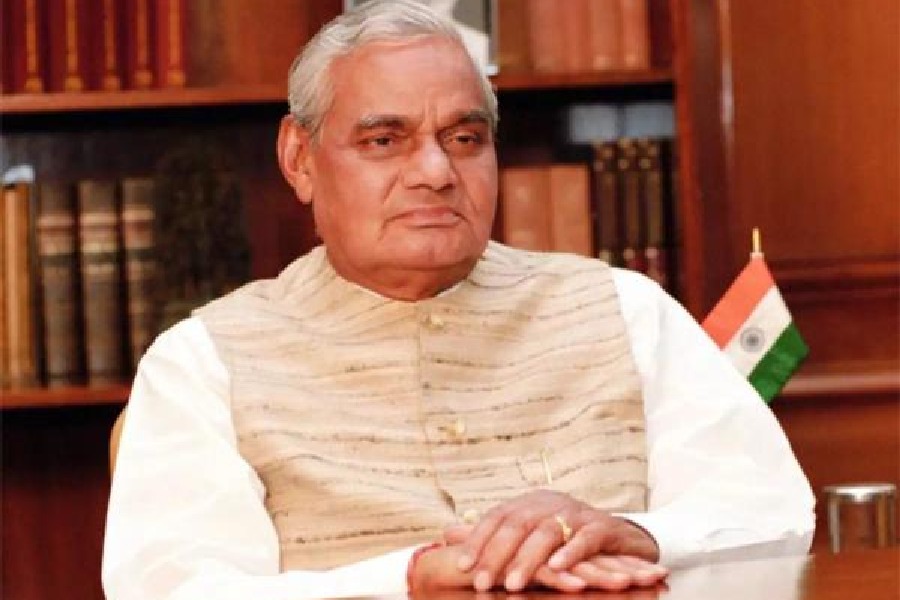Book: How Prime Ministers Decide
Author: Neerja Chowdhury
Publication: Aleph
Price: Rs 999
Neerja Chowdhury is a good raconteur; her book is a testament to that. Retelling six course-changing decisions taken by six prime ministers between 1975 and 2014 that have been written and talked about ad nauseam and, yet, making it riveting is a tall ask.
Chowdhury has delivered on that count; particularly in the cases of V.P. Singh and his decision on Mandal, P.V. Narasimha Rao and his indecision that led to the demolition of the Babri masjid, and Atal Bihari Vajpayee’s exercise of the nuclear option. The other three prime ministers featured are Indira Gandhi vis-à-vis her decision to lift the Emergency and call for elections; Rajiv Gandhi and his U-turn on the Shah Bano verdict; and Manmohan Singh and the manner in which he had his way on the Indo-US civil nuclear deal.
Chowdhury pieces together her own reporting and nuggets of information from published works — in newspapers, magazines and books — and strings them with the conversations she had in real time and, later, with those who peopled the inner charmed circle of the six premiers. Much of the excerpts that have got the book publicity are single-source statements that are attention-drawing but raise questions that are unanswered in the text. A case in point is the former Congress president, Sonia Gandhi, telling her husband, Rajiv Gandhi, in the presence of the late NCP leader, D.P. Tripathi, not to go ahead with the Muslim women’s bill that was to overturn the Shah Bano judgment. Tripathi might have been part of Gandhi’s inner circle in the 1980s but the extremely private Sonia saying this to her husband in the presence of others does require more probing.
Another such single-source comment is that of Vajpayee advising Sonia against taking up the premier’s office in 2004. Likewise, there is Vajpayee’s disapproval of Sushma Swaraj threatening to tonsure her hair, live on roasted gram, and sleep on the floor if Sonia became prime minister. While the former is sourced to the key strategic analyst, K. Subrahmanyam, the latter was told to the author by the politician, Som Pal. All this is, at best, anecdotal but carries weight because it is in a book as compared to a media report. These kinds of statement are difficult to back, especially when they deal with matters of State or relate to premiers, but the certitude with which they have been woven in needs to be questioned.
On Vajpayee, the book perpetuates the myth of him being a ‘moderate in a right-wing party’ — something that had been clinically debunked recently by Abhishek Choudhary in the first bit of his two-part, well-researched biography of the man. What makes the section on Vajpayee a racy read is the way Chowdhury has built the narrative with conversations that place the reader in the midst of it all, including the Pokhran test site.
A mention of the notes is mandatory because they have been arranged in a strange manner that is not at all user-friendly. Though the notes run into 64 pages, they are rendered almost pointless in the absence of numbering in the text.










